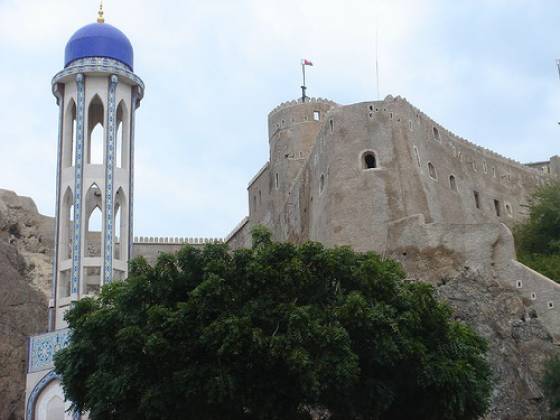 Can a city relying on oil revenue and desalination really be labeled “eco”? (Image by dislona via flickr)
Can a city relying on oil revenue and desalination really be labeled “eco”? (Image by dislona via flickr)
At first, we felt a surge of pride to learn that Muscat, Oman, is the only Middle Eastern city on Mercer’s top 50 eco-city ranking. It ranks 48, just behind Glasgow, but ahead of Frankfurt. We were prepared to toot the vuvuzela for all the world to know, to proclaim that yes! the Middle East can be green too. Alas, when a for-profit consultancy business ranks a reasonably well-off oil-based economy, with only a few cottage industries, as an eco-city, an army of red flags go up.
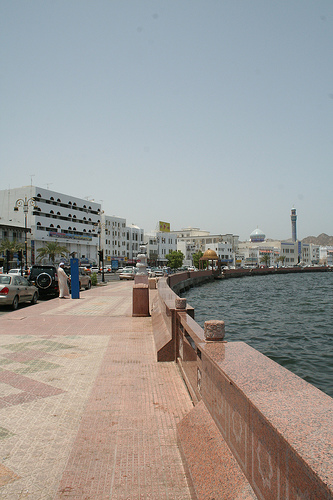 Founded in 1937 as the employee benefits department of Marsh & McLennan, Mercer has gone through several evolutions and mergers to become today’s “leading global provider of consulting, outsourcing, and investment services.” Hence, when Mercer calls a city eco people take note. In fact, they start packing their bags.
Founded in 1937 as the employee benefits department of Marsh & McLennan, Mercer has gone through several evolutions and mergers to become today’s “leading global provider of consulting, outsourcing, and investment services.” Hence, when Mercer calls a city eco people take note. In fact, they start packing their bags.
Living in luxury
However, these are the same people who are likely to wheel their luggage through 5 star hotel lobbies in developing countries, and hail cabs. The Mercer eco-city rubric calls for “water availability, water potability, waste removal, decent sewage treatment facilities, as well as limited air pollution and traffic congestion,” according to their 2010 eco-city news release.
[image by octal via flickr]
Salty City
Muscat, Oman’s largest city and capital, lies on the Gulf of Oman, but its over all water availability is scant. Both the city and the country face a serious freshwater shortage, and like other Gulf states, will rely heavily on desalination facilities to meet its water needs.
Granted, though there is no metro or rail line to speak of, the city has a relatively small population of 1million. As a result, the city does rank well in terms of pollution and traffic: the taxis and substandard bus system have little to compete with, compared to New York, say, with its over 8 million city dwellers.
A better rubric?
Ecocity Builders is a non-profit organization that publishes a more holistic rubric for eco-cities. Theirs insists on “good quality of life and minimal use of natural resources; buildings built in consideration of sun, wind and rainfall; biodiversity; food sourced locally; within walking and cycling distance of work; good and frequent public transportation; goods produced with the purpose of reuse, re-manufacture, and recycling; and a labor intensive economy rather than a material-intensive economy.”
Meanwhile, the CIA factbook lists Oman’s agricultural labor force as non-applicable, meaning that its agriculture force — though the country has dates and limes and other goods — is negligible. On the other hand, Petroleum Development Oman (PDO) has been Muscat’s 2nd largest employer (after the government) since 1962.
Hence, it may be fair to say that Muscat’s quality of life is good, that it’s a nice place to live, but compared with real eco-cities that are genuinely poised to enhance everybody’s interaction with the natural environment, it has a long way to go.
For more on so-called eco-cities see these stories:
Re-Assessing Masdar City
Masdar City’s Dream of 100% Sustainability an Example for Other Countries
Green Office Building Takes Off In “Energy City Qatar”

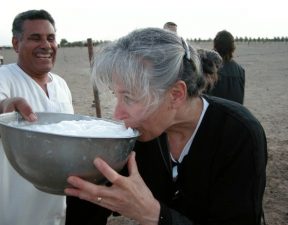
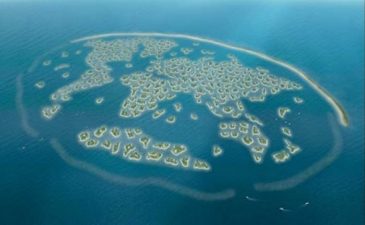
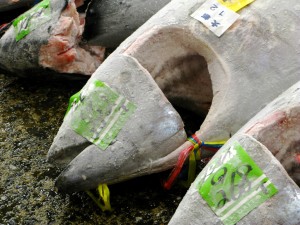
The whole country itself is just approximately 3.5 Million population and Muscat City is just around 1 Million inhabitant with a high proportion of foreign population. The labour intensive industries without counting the government and Petroleum Development Oman are tourism, banking, telecommunication, a relatively small industrial estate (which is also developed out of the city) and trade to name a few. A small city like Muscat does not need to have those heavy industries you find elsewhere, which again create lots of pollution. The country as a whole is now celebrating 40 years since Sultan Qaboos has taken power and the progress is immense since prior to his rule Oman was really underdeveloped. A metro system in Muscat is not the right option since the city is built on rocky mountainous location and also that the city is stretching the coast around 50KM long. One thing to note here is that the vehicles running in the city of Muscat are mostly relatively new models and do not consume as much fossil fuel and pollute the city like some other city around the world where you find engines that create smoke everywhere. Cycling is more of a sport than a mode of transport I would say and that also for seasonal condition considering the high temperature. The country as a whole is now planning to develop a train, which is part of the whole Gulf Rail Link project. Taking all these facts into consideration and having lived in the city, I do believe it is one of the cleanest city in the world and all efforts are being made to keep the people eco conscious and reduce the pollution. New study are also being carried out to look at the viability of new source of energy such as the sun and the wind. Worth mentioning that current electric turbine are gas powered, which don’t pollute as much as coal powered turbines. Well I think you should prepare yourself now to toot the vuvuzela for all the world to know. 🙂 Although I do agree that still more is to be done.
Thank you for your comments.
Please note that the city’s lack of labor-intensive industry and heavy economic reliance on fossil-fuels are also among the attributes that compromise the city’s status as “eco” – at least according to Ecocity Builders’ rubric.
For a city to be recognized as Eco-City one need not just focus at whether the water is sourced from desalination facilities or not. Most desertic countries that have a sea access source their water from desalination facilities. It is important to mention here that Muscat is a Green City wherein several projects are under way to make it even greener with sewage treatment plant such as http://www.haya.com.om/hayawater/aboutus_Vision_%20Mission.aspx and the recently constructed Wadi Dayqah dam in Quriyat (100KM from Muscat)with a capacity to hold 100 Million cubic metres of water http://www.timesofoman.com/innercat.asp?detail=30062 which will provide water for farmland and electricity as well as protect local villages from flood. The city is lucky to be underpopulated which makes it a heaven of preservation as well as reduction in polution. Other facts are the importance the government is paying on environment http://www.environment.org.om. Find out more and then compare before giving one conclusion based on just one attribute.
A most interesting article, Tafline. I like how you investigated what’s behind this company’s ranking, and the kind of people it appeals to.